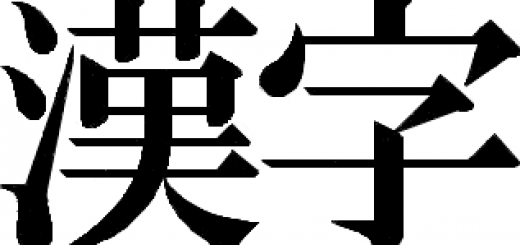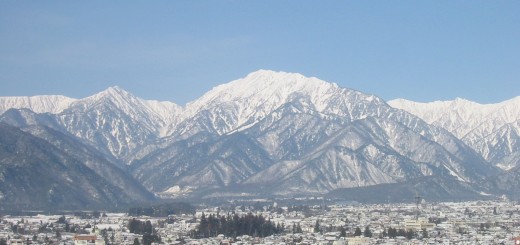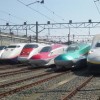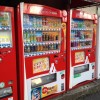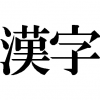Particle – “を (wo)”
In this session, let’s study “を(wo)”. “を(wo)” is also very important since this shows which word or phrase is object in the sentence. “を(wo)” has mainly two meanings, object and place where motion takes place.
Object
The particle “wo” marks the preceding word or phrase as a direct object in the sentence. Direct object means a object directly connected with verb. For example, relation with “eat” and “bread” or ” drink” and ” tea”.
Ex a)
Adinは毎朝、紅茶を飲む
(Adin wa maiasa koucha wo nomu)
“wo” marks the preceding word(koucha) as a direct object in this sentence. This sentence means in English that “Adin drinks tea every morning.”
Place where motion takes place
The particle “wo” marks a place word through which the motion takes place. It also shows a place which the movement starts.
Ex b)
次の信号を右に曲がってください。
(Tsugi no shingou wo migi ni magatte kudasai)
Turn right(migi ni magaru) is one motion and this motion goes through corner. This sentence means in English that “Turn right at the next traffic light.”
Ex c)
ホテルを朝8時に出発します。
(Hotel wo asa hachiji ni syuppatsu shimasu)
Hotel is place this motion(leave) taking place. This sentence means in English that “I leave hotel at 8 in the morning.”
Points
“を(wo)” has mainly two meanings, object and place where motion takes place.
How was this post?
If you like this or feel this is useful, please share on Facebook and retweet on Twitter!
If you wanna join Leo Sensei’s group on Facebook, click Facebook mark on top or bottom and send friend request to me. You can get updated information and ask me freely about Japanese language and culture and so on.
